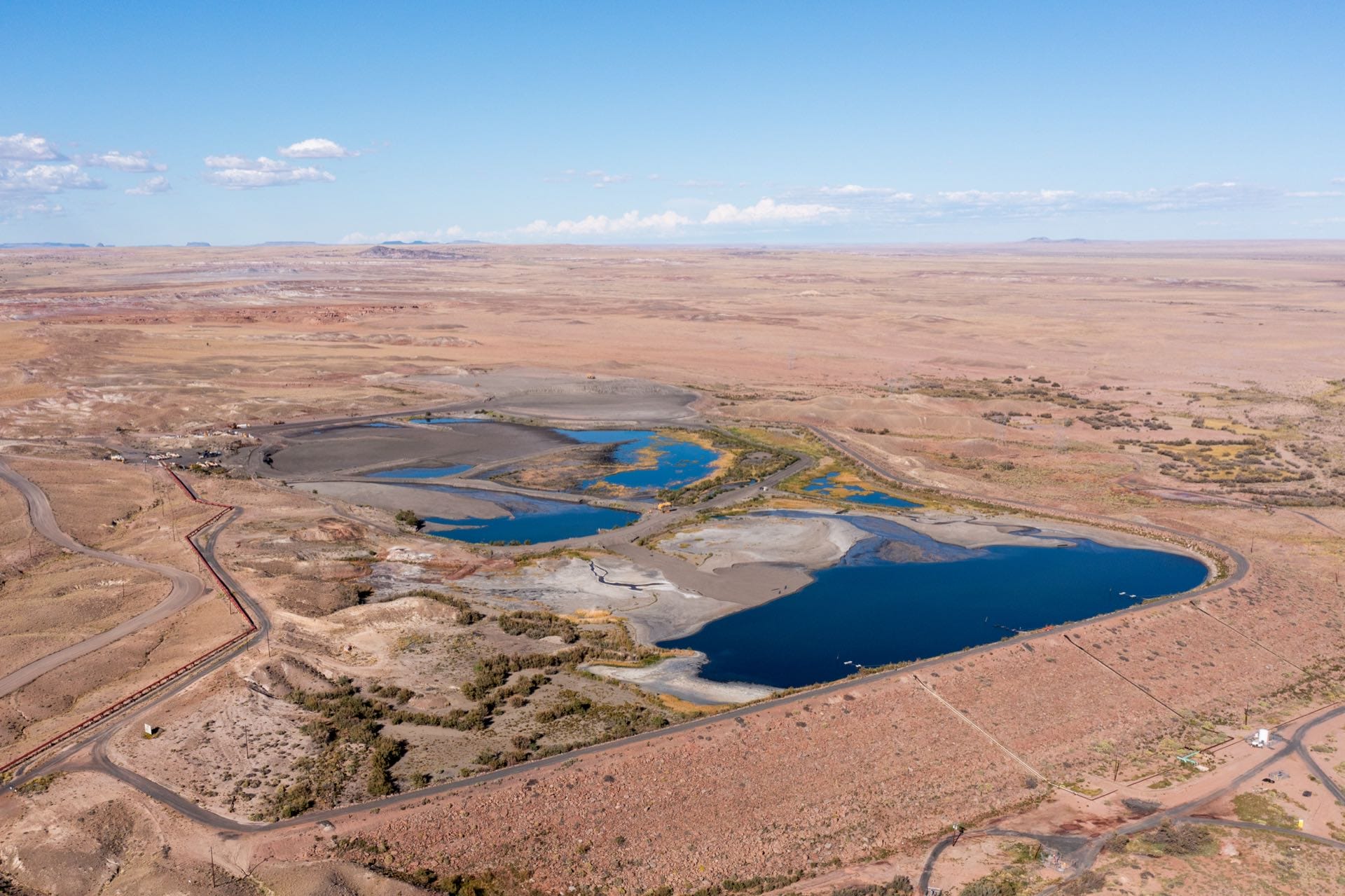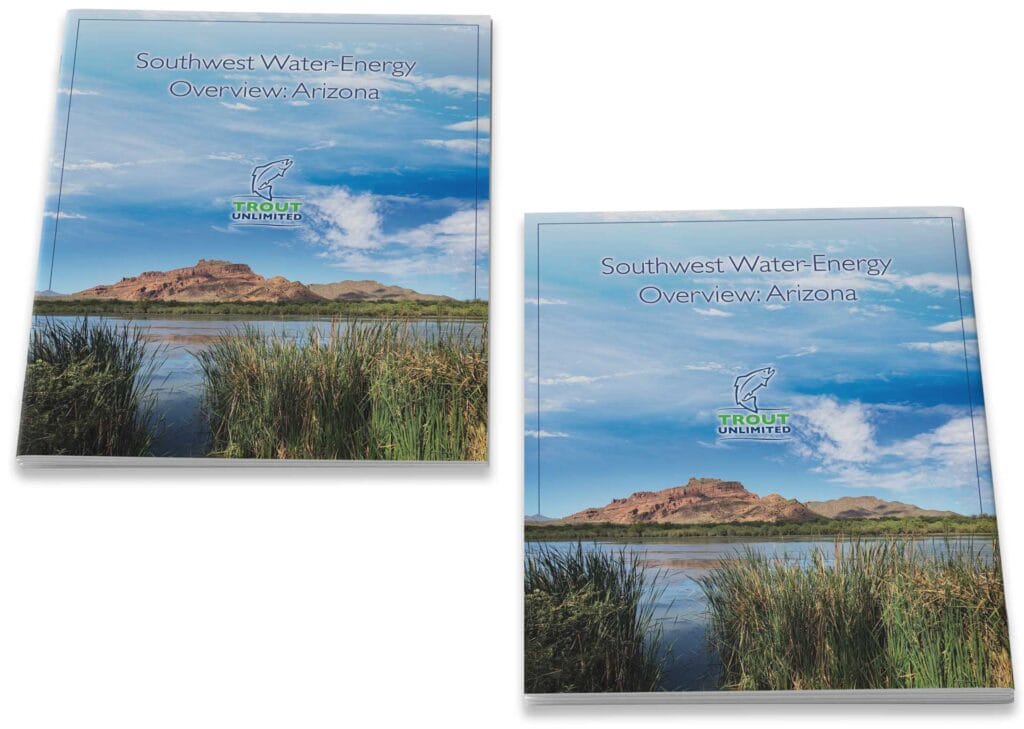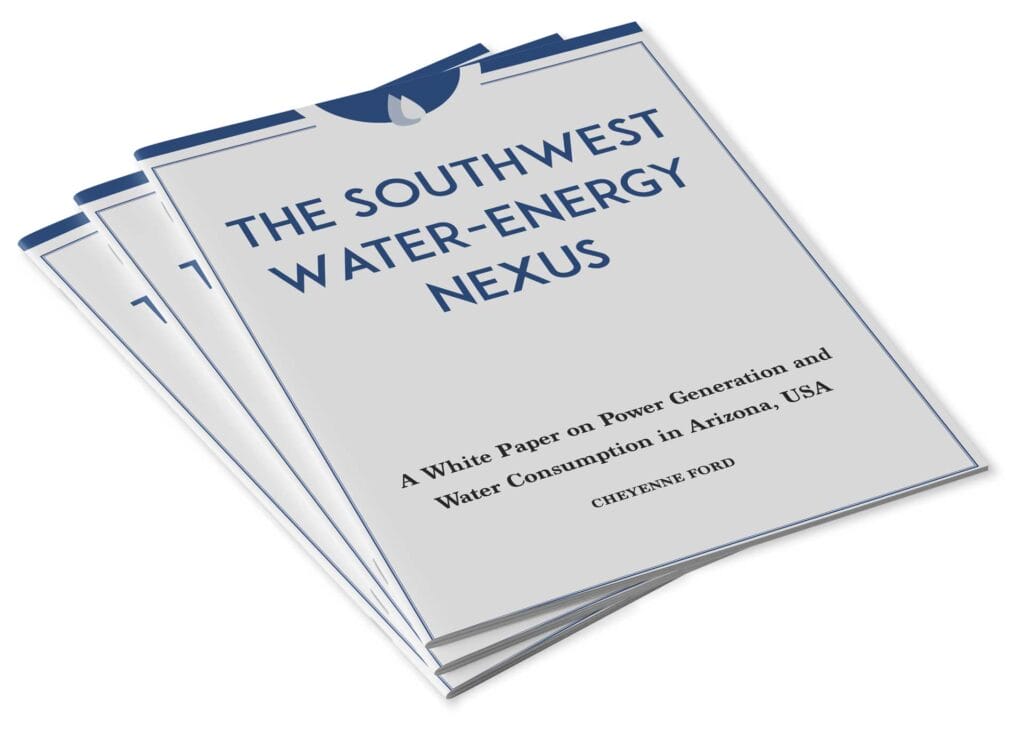Balancing water and energy
Powered by water
Our lives and economies run on energy—including energy sources powered by water.
The southwestern United States is experiencing a significant increase in demand for both energy and water, driven by population growth and economic development. The demands are particularly evident in Arizona, where water availability is a critical issue with dry years outpacing wet years, ongoing drought and a long-term trend toward aridification.
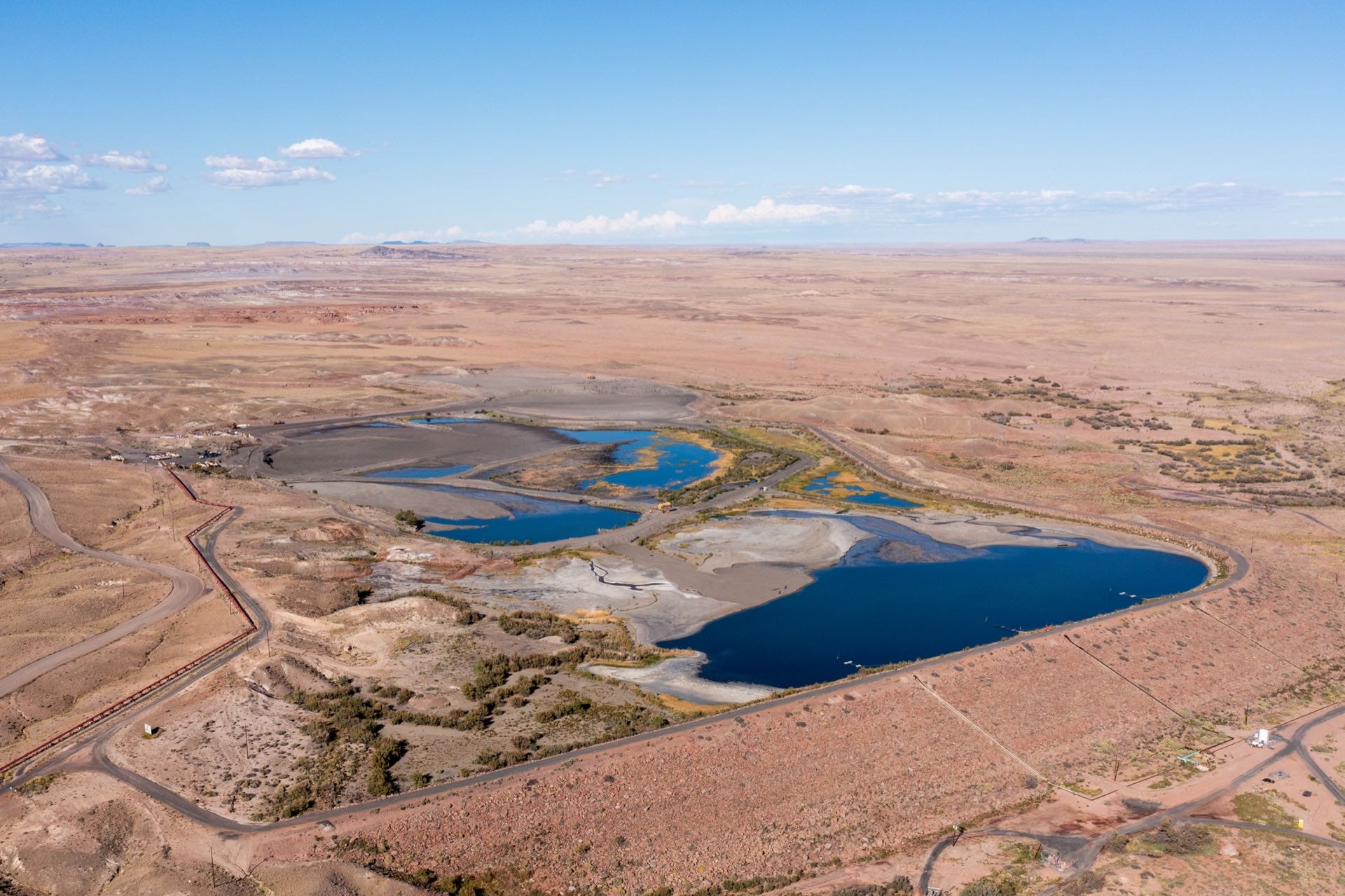
While Arizona’s agricultural operations and municipalities draw greater volumes of water, water usage for energy production is not insignificant.
We need to understand how much water is being used in energy generation to help guide smart decision-making about our water resources and our energy portfolio. Water usage in energy production should be part of the conversation about the right mix of energy sources that can provide Arizonans with the energy they need while also conserving water and fish and wildlife habitat.
To understand these issues, Trout Unlimited analyzed publicly available data about how much water is used to generate energy for Arizona’s 7.36 million residents.
The report raises as many questions as it answers and begs for more transparency and research into water availability and its impact on energy production in Arizona.
Learn more
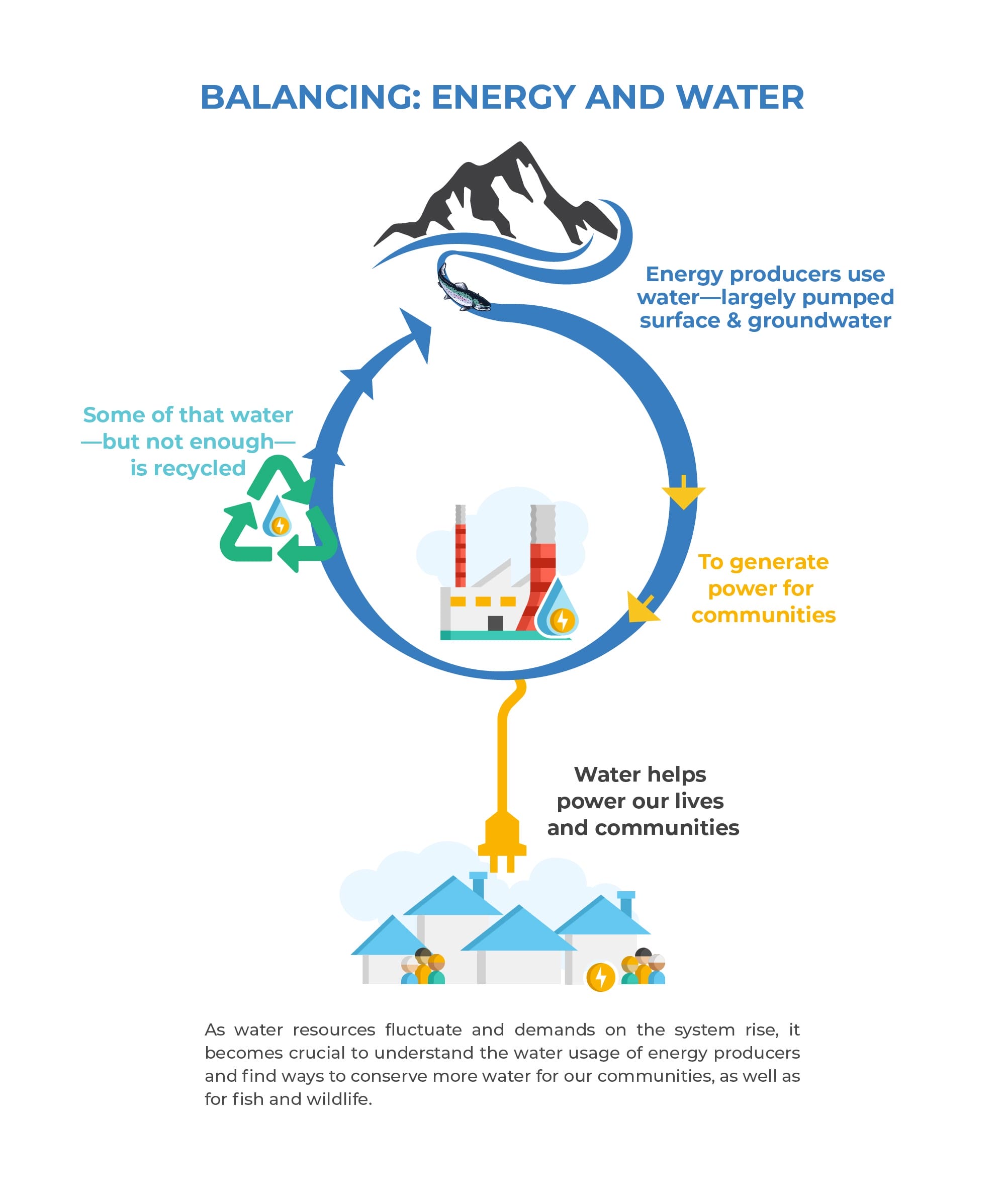
FINDINGS: WATER
Producing energy requires water—a lot of it
More than 122 million gallons of water are pumped each year to supply just 16 of the state’s 57 power plants running on fossil fuels and coal. That’s enough water to supply 889 thousand homes in the state—28 percent.
Unfortunately, the data is incomplete.
We have limited information about groundwater pumping to supply power plants in Arizona because only 16 of the 57 reported data. We need more transparent reporting so Arizonans can have a complete picture of how much water is being used to produce energy.
Not enough water is recycled
Large-scale power plants—those that produce 25 Megawatts or more—are required by law to recycle cooling water, but the requirements are not universally applied.
Groundwater pumping rules are out of date
Large-scale power plants have grandfathered rights which allow them to continue pumping groundwater based on historical use established in 1980.

FINDINGS: LANDSCAPE IMPACTS
Energy implications for fish and wildlife are coming into focus
Water usage is not the only factor to consider when weighing energy alternatives. Landscape impacts and effects on fish and wildlife habitat should be considered as the state weighs the right mix of energy generation to meet our emissions goals and the location of generating facilities on the landscape.
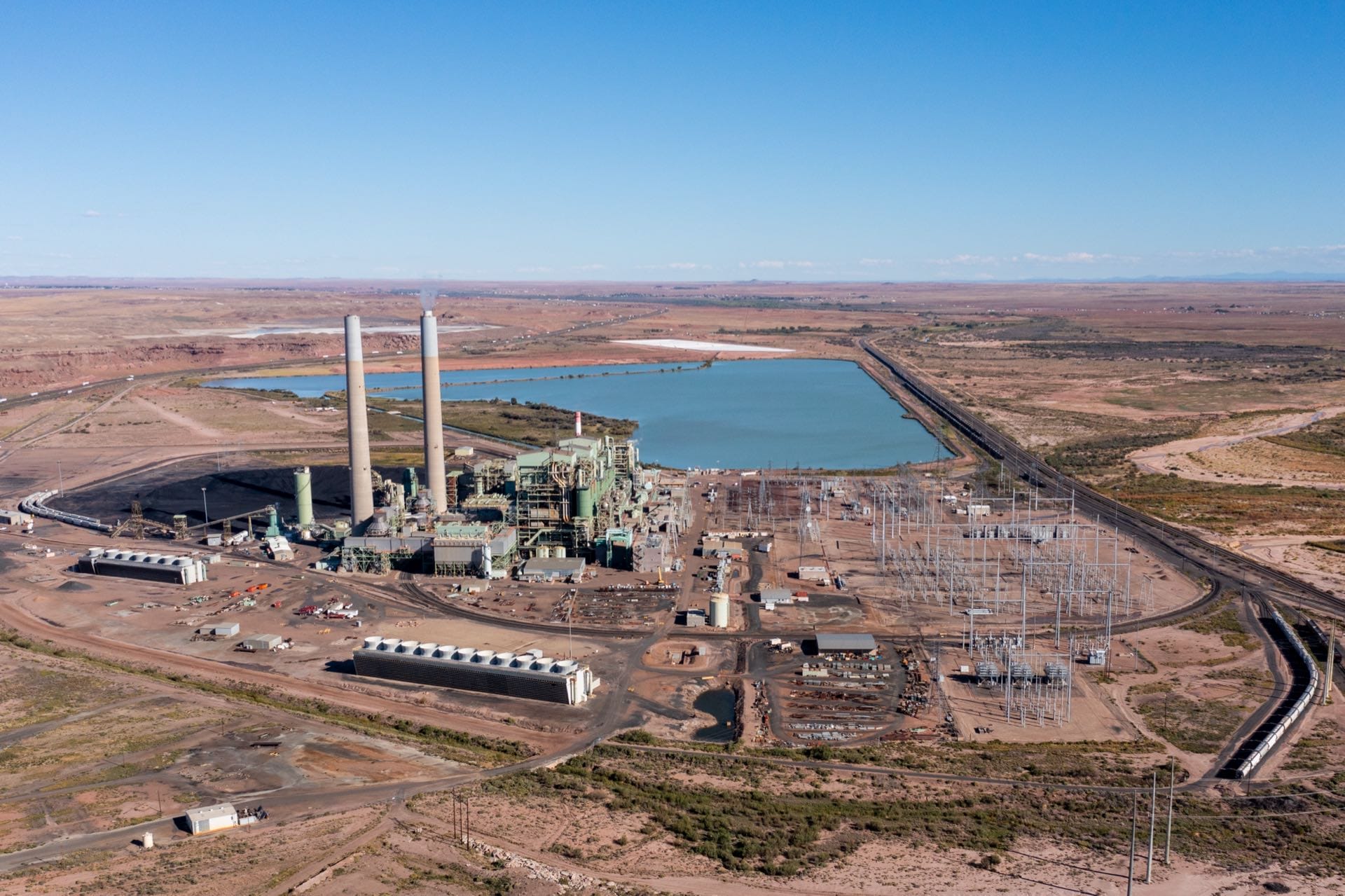
America’s energy footprint is expanding
Researchers at Princeton University recently estimated that the current footprint of all types of energy production in the United States is approximately 81 million acres. To achieve net zero greenhouse gas emissions using primarily wind and solar, the footprint of energy production would quadruple to around 360 million acres—and this estimate does not include indirect impacts. The expansion of a diverse electric power portfolio could greatly reduce corresponding impacts to fish and wildlife habitats.
Public lands are at play in energy space
The Department of the Interior indicates there are over 52 million acres of public lands potentially suitable for wind and solar energy development.
CONCLUSIONS
The bottom line
- At a time of drought in Arizona, policymakers and planners need to consider both water usage and landscape impacts of energy production, and consider where and when alternatives to natural gas, coal and nuclear make sense.
- Arizona needs transparency in data reporting requirements, especially the reporting of water usage by energy producers.
- Water recycling standards for power plants in Arizona should be updated to help conserve more water. These could include requirements for energy producers to use advanced treatment technologies, replace outdated equipment, and optimize their operations.
